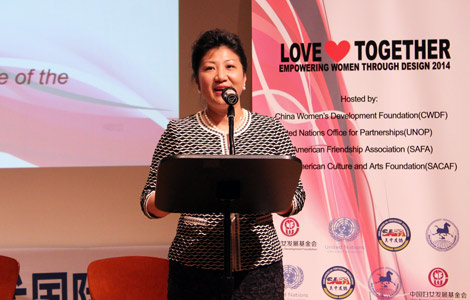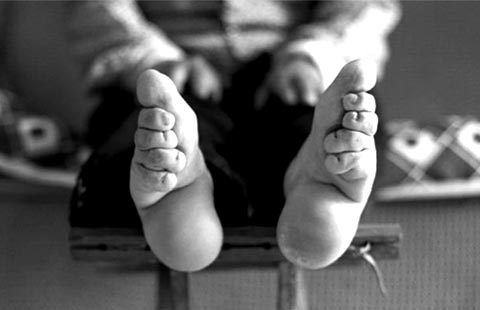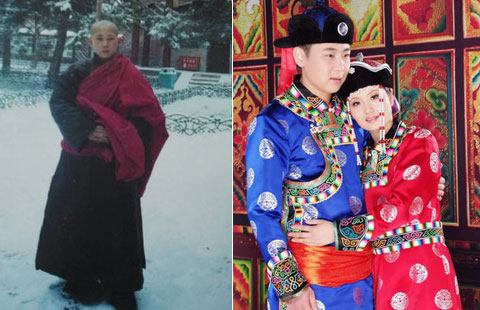Make way for the androids
Updated: 2014-07-23 09:38
(China Daily/Agencies)
|
||||||||
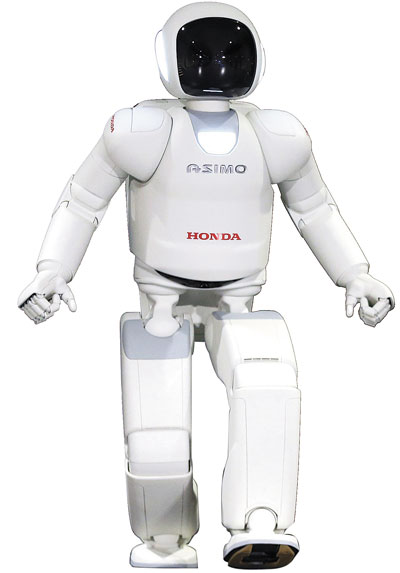 |
|
Honda's latest version of the Asimo humanoid robot runs during a presentation in Zaventem near Brussels on July 16. Francois Lenoir / Reuters |
 |
| Hong Kong elements in 'Transformers 4' win over local audiences |
 |
| 'Transformers 4': All-time top-grossing movie |
One day, predict future-gazers, robots will perform all kinds of household chores, monitor the sick, and even serve up cappuccinos.
But will they look like us?
Ishiguro created his doppelganger from powerful electronics, complex moving parts, silicone rubber and hair from his own scalp."If we have enough knowledge about humans, we can create more human-like robots," he says after unveiling last month what he claimed was the world's first news-reading android in Tokyo. "That knowledge usually comes from neuroscience or cognitive science.
"More important is robots and androids as a mirror to reflect humanity. Once we become friends, the boundary between human and robot disappears," adds Ishiguro, a professor at Osaka University.
The blurring of that line has long been a source of worry for humanity, as often depicted in popular culture.
The 1982 Hollywood cult film Blade Runner, which is set in 2019, features genetically engineered robots called "replicants", which are visually indistinguishable from humans, but physically superior and able to withstand pain.
The film's protagonist, played by Harrison Ford, is given the task of tracking down and killing replicants that have escaped and are living among us. His problem is knowing the difference.
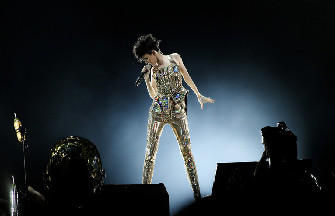
 Star Stefanie Sun holds concert in Beijing
Star Stefanie Sun holds concert in Beijing
 Faye Wong's manager refutes star's drug rumors
Faye Wong's manager refutes star's drug rumors
 Lu Yi and daughter Bei Er pose for street snaps
Lu Yi and daughter Bei Er pose for street snaps
 Photoshoots of actress Li Xiaomeng
Photoshoots of actress Li Xiaomeng
 Council of Fashion Designers of America Awards
Council of Fashion Designers of America Awards
 Fan Bingbing, first Chinese actress in Barbie Hall of Fame
Fan Bingbing, first Chinese actress in Barbie Hall of Fame
 Awarding ceremony of 2014 hito Pop Music held in Taipei
Awarding ceremony of 2014 hito Pop Music held in Taipei
 Zhao Liying's photo shoot for Children's Day
Zhao Liying's photo shoot for Children's Day
Most Viewed
Editor's Picks

|

|

|

|

|

|
Today's Top News
Ex-security chief Zhou Yongkang under probe
Prudence urged over solar dispute
US visa delays likely to continue
McDonald's fishing for supplier
OSI group to fund food safety
China's FDI in US set for increase
Glitch delays visas for US-bound students
A musical spoof of the Clinton years
US Weekly

|

|

